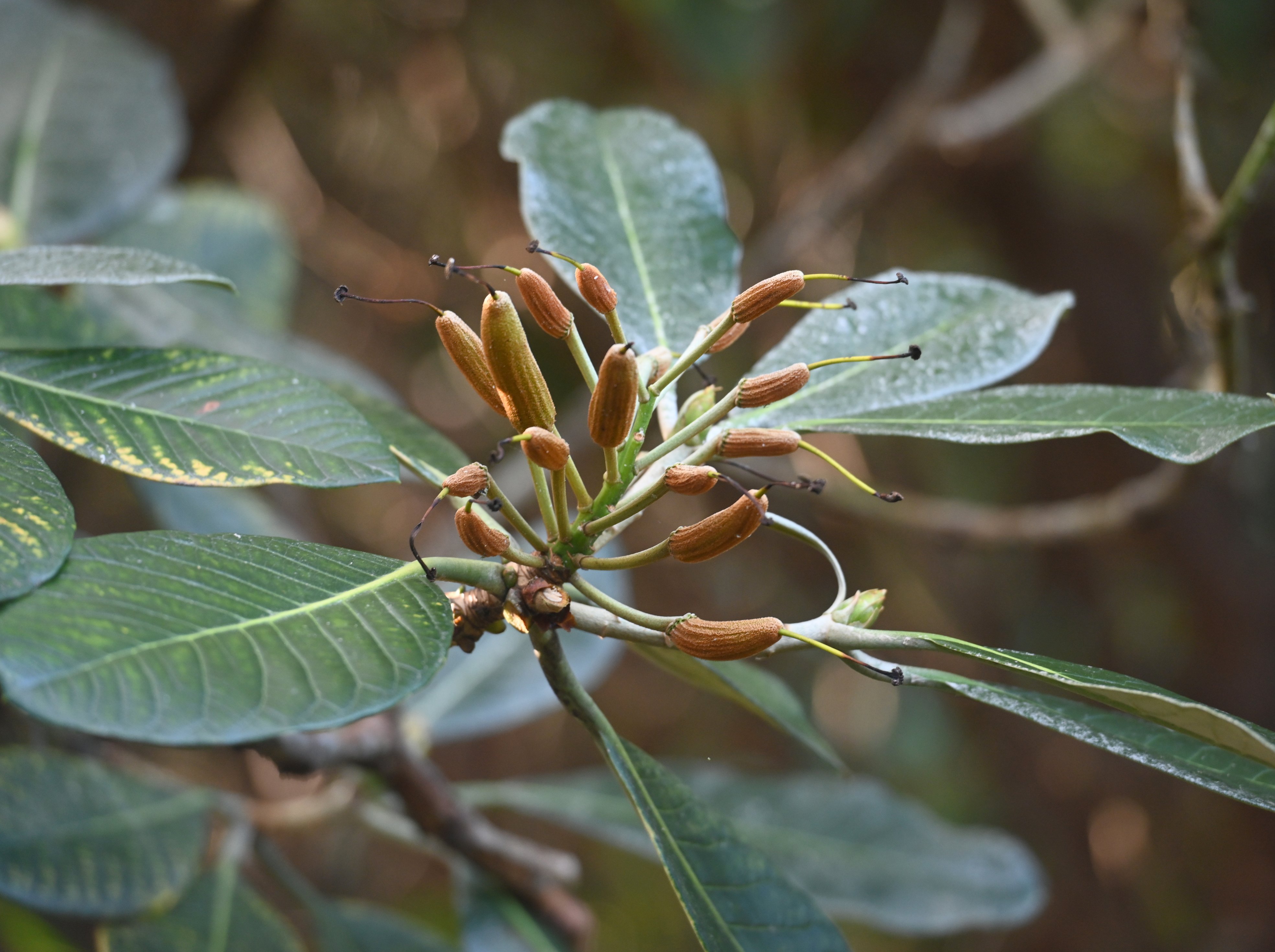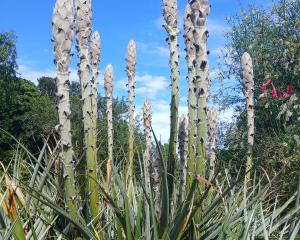
The seed developing within the seed capsules is a significant drain on the rhododendron’s energy, so for any recently planted or transplanted rhododendrons the seed capsules are removed, likewise if plants are struggling for any reason, such as pests, disease or they are growing in poorer soil.
Removing the seed gives the plants a better chance of survival in challenging conditions while those growing well are able to redirect their energies into producing next season’s flower buds.
In short, deadheading helps grow healthier plants and improve flowering. However, plants growing in high-profile areas may also have their seed capsules removed, but only because their spidery form can give plants a scruffy appearance.
Many rhododendrons, such as dwarf varieties and many hybrids, are vigorous enough to flower, set seed and produce flowers year after year without the need for deadheading. Those most obviously affected by energy depletion are the large-leaf species.
These temperate rainforest giants produce flower trusses as big as pineapples with corresponding seed heads.
As a result, they often take a year off after flowering to restore energy and flower biennially.
The large seed heads, though, are impressive and ornamental in their own right and some good examples still feature near the north bridge in the Rhododendron Dell.
Garden Life is produced by Dunedin Botanic Garden. For further information contact Doug Thomson.











